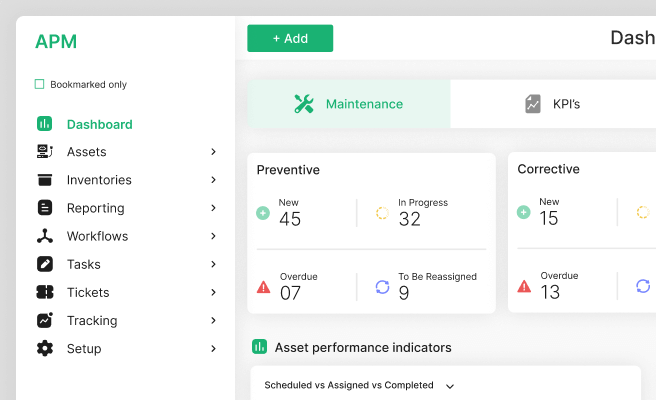Retention Rate
<p>Retention rate is a critical metric in the field of product design and development, especially in the climate tech sector. It measures the percentage of users who continue to use a product over a specific period. High retention rates are indicative of a product’s success and user satisfaction, as they suggest that users find ongoing value in it. Understanding and optimizing retention rates can significantly impact a company's ability to achieve product-market fit and scale its user base.</p>
<p>Historically, the concept of retention has been a key focus in various industries, from subscription services to mobile apps. In the context of digital product design, particularly within climate tech, retaining users is not only about maintaining engagement but also about driving sustained behavior change that aligns with environmental goals.</p>
<h2 id="2">Importance of Retention Rate</h2>
<p>Retention rate is more than just a number; it reflects the overall health of a product. For <a href="https://en.wikipedia.org/wiki/Climate_tech" style="color:#2896FF; text-decoration:underline;">climate tech companies</a> and other high-tech sectors, a high retention rate means that the product is meeting the needs and expectations of its users, leading to increased customer loyalty and lifetime value. It helps in reducing churn rates and informs product teams about the features or services that resonate most with users.</p>
<h3 id="3">Factors Affecting Retention Rate</h3>
<p>Several factors can influence the retention rate of a product:</p>
<p><strong>User Experience (UX):</strong> A seamless and intuitive user experience is crucial. Products that are easy to use and offer a delightful experience tend to have higher retention rates.</p>
<p><strong>Value Proposition:</strong> The core value that the product offers must be clear and consistently delivered. Users need to feel that the product is solving a problem or fulfilling a need effectively.</p>
<p><strong>Customer Support:</strong> Prompt and helpful customer support can make a significant difference. Users are more likely to stick with a product if they know they can get assistance when needed.</p>
<p><strong>Regular Updates:</strong> Continuously improving the product by adding new features, fixing bugs, and enhancing performance helps in keeping users engaged and satisfied.</p>
<h3 id="4">Measuring Retention Rate</h3>
<p>Retention rate can be measured using various methods and tools. A common way to calculate it is by dividing the number of users who return to the product by the total number of users, over a specific period. Tools like <a href="https://mixpanel.com/" style="color:#2896FF; text-decoration:underline;">Mixpanel</a> and <a href="https://www.amplitude.com/" style="color:#2896FF; text-decoration:underline;">Amplitude</a> offer detailed analytics to track user behavior and retention metrics.</p>
<h2 id="5">Improving Retention Rate</h2>
<p>Improving retention requires a strategic approach that includes:</p>
<p><strong>User Onboarding:</strong> A well-designed onboarding process helps users understand the product’s value quickly and effectively. For example, a climate tech app that helps users track their carbon footprint should have an intuitive onboarding process that highlights key features and benefits.</p>
<p><strong>Personalization:</strong> Tailoring the user experience to individual preferences can enhance engagement. This could involve personalized recommendations, content, or notifications that are relevant to the user’s interests and behavior.</p>
<p><strong>Feedback Loops:</strong> Regularly collecting and acting on user feedback ensures that the product evolves in a way that meets user needs. Implementing a feedback mechanism within the app or through regular surveys can provide valuable insights.</p>
<p><strong>Community Engagement:</strong> Building a community around the product can foster a sense of belonging and loyalty. This can be achieved through forums, social media groups, or in-app community features.</p>
<h3 id="6">Case Study: Retention Rate in Climate Tech</h3>
<p>Consider a case study of a <a href="https://www.climatiq.io/" style="color:#2896FF; text-decoration:underline;">climate tech startup</a> that develops an app for tracking and reducing carbon emissions. Initially, the retention rate was low due to a complex user interface and lack of engaging content. By redesigning the UX, simplifying the onboarding process, and introducing gamification elements like reward points for reduced emissions, the company saw a significant increase in retention rates. This example underscores the importance of user-centric design and continuous improvement.</p>
<h2 id="7">Conclusion</h2>
<p>Understanding and optimizing retention rate is vital for the success of digital products, particularly in sectors like climate tech where sustained user engagement is crucial. By focusing on user experience, value delivery, and continuous improvement, companies can enhance their retention rates, leading to greater user satisfaction and long-term success. To learn more about improving your product’s retention rate, explore our comprehensive <a href="https://www.intercom.com/inbox" style="color:#2896FF; text-decoration:underline;">guide on user engagement strategies</a>.</p> <p>To understand the power of design across industries and sectors, view our diverse portfolio of works. <a href="https://www.whatifdesign.co/work" style="color:#2896FF; text-decoration:underline;">View our portfolio</a>.</p> <p>Increase user engagement that converts your demos into sales. Optimise your UX strategies with our audits.
<p>Fill out the <a href="https://tally.so/r/n97pxQ" style="color:#2896FF; text-decoration:underline;">UX Audit form</a> to get started. Ready to discuss your needs? <a href="https://cal.com/akhilak/what-if-design?duration=25" style="color:#2896FF; text-decoration:underline;">Book a consultation call</a> with us today.</p></p>

Let's scale your impact with great design.
Free consultation, no sales pitch
Thank you! Your submission has been received!
Oops! Something went wrong while submitting the form.
Let’s talk
Nothing great is built alone.
Let’s connect about your vision, our work and how we can collaborate.
Get in touch

